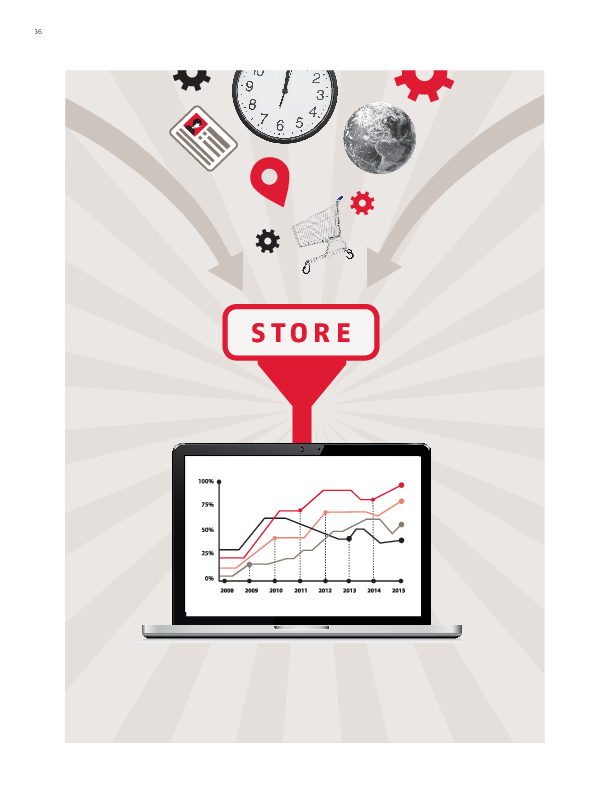Big Data and Analytics in Retailing
Venky Shankar
Big data are taking center stage for decision-making in many retail organizations. Customer data on attitudes and behavior across channels, touchpoints, devices and platforms are often readily available and constantly recorded. These data are integrated from multiple sources and stored or warehoused, often in a cloud-based environment. Statistical, econometric and data science models are developed for enabling appropriate decisions. Computer algorithms and programs are created for these models. Machine learning based models, are particularly useful for learning from the data and making predictive decisions. These machine learning models form the backbone for the generation and development of AI-assisted decisions. In many cases, such decisions are automated using systems such as chatbots and robots.
Of special interest are issues such as omnichannel shopping behavior, resource allocation across channels, the effects of the mobile channel and mobile apps on shopper behavior, dynamic pricing, data privacy and security. Research on these issues reveals several interesting insights on which retailers can build. To fully leverage big data in today’s retailing environment, CRM strategies must be location specific, time specific and channel specific in addition to being customer specific.

![[Translate to English:] [Translate to English:]](/fileadmin/_processed_/4/3/csm_reinartz_intro_vol_11_no_1_dt_424811060e.png)
![[Translate to English:] [Translate to English:]](/fileadmin/_processed_/0/6/csm_ramaswamy_ozcan_vol_11_no_1_dt_df51cfc30e.png)
![[Translate to English:] [Translate to English:]](/fileadmin/_processed_/e/3/csm_dorotic_vol_11_no_1_dt_5fad28f635.png)
![[Translate to English:] [Translate to English:]](/fileadmin/_processed_/6/a/csm_reinartz_wiegand_vol_11_no_1_dt_dd1f598120.png)
![[Translate to English:] [Translate to English:]](/fileadmin/_processed_/f/2/csm_linzbach_ea_vol_11_no_1_dt_9dd0213a82.png)
![[Translate to English:] [Translate to English:]](/fileadmin/_processed_/d/f/csm_buder_ea_vol_11_no_1_dt_53d9a1ecba.png)
![[Translate to English:] [Translate to English:]](/fileadmin/_processed_/a/1/csm_2019_nim_mir_future_of_retail_english_ebay_4dfba03c8e.png)


